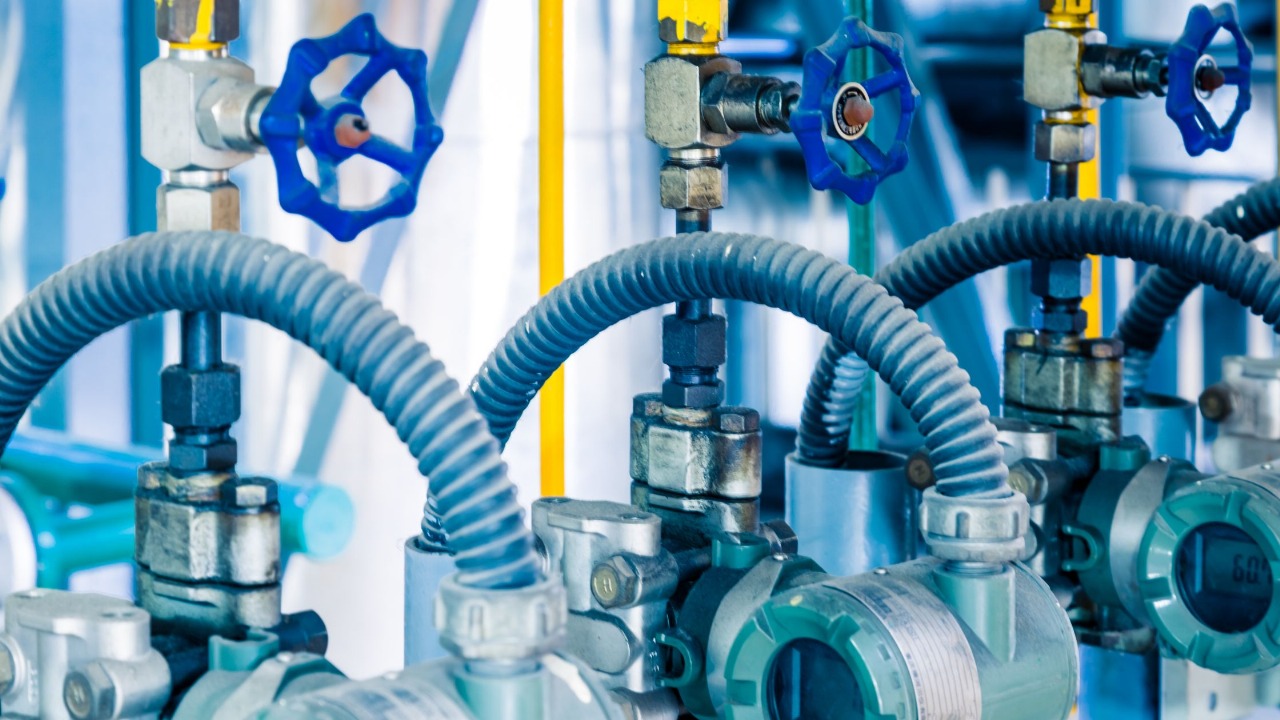INTRODUCTION
Fluid flow management systems are necessary for industrial applications, especially those functioning at high pressure. The high-pressure ball valve is essential to these modern systems’ accuracy, safety, and efficiency. Due to their reliability, high-pressure ball valves work well in industrial environments. The guide to high-pressure ball valves provides their features, applications, and industrial advantages, enabling you to select appropriate equipment.
What is a High-pressure Ball Valve?
A high-pressure ball valve is a type of specialized valve used in high-pressure systems to control or stop fluid flow. A spherical disc (ball) is the core element of this valve due to its central hole. Turning the handle on the valve makes the ball spin, which opens or blocks access to fluid flow.
Key Features of High-pressure Ball Valves
High-pressure Tolerance
High-pressure ball valves operate under thousands of PSI and function through materials that include stainless steel and high-strength alloys.
Compact Design
High-pressure ball valves are easy to install in confined areas, even if they can resist the great pressures of their small and lightweight construction.
Leak-Proof Sealing
An advanced sealing technology system maintains absolute leak prevention in high-pressure valves throughout extreme operational conditions.
Ease of Operation
High-pressure ball valves give rapid and easy operation with a basic quarter-turn mechanism.
Durability and Longevity
These valves lengthen their lifetime and assist in minimising maintenance expenses by using corrosion-resistant materials.
Applications of High-pressure Ball Valves
Oil and Gas Industry
In oil drilling and refineries, high-pressure ball valves control crude oil, natural gas, and other hydrocarbon flow.
Chemical Processing
High-pressure ball valves serve two essential functions by allowing secure material handling for aggressive substances in industrial processing environments.
Hydraulic Systems
Hydraulic systems under high-pressure operations depend on these valves for flow management and pressure tuning.
Aerospace and Defense
In aerospace applications, high-pressure ball valves manage fuel, hydraulic fluids, and other critical systems.
Water Treatment Plants
High-pressure water operations depend on these valves to efficiently control flow in water treatment facilities.
Benefits of Using High-pressure Ball Valves
Enhanced Safety
The safety levels of industrial processes improve through valves, which stop leaks and limit pressure changes.
Cost Efficiency
Their extended operational lifetime and reduced maintenance needs lead to reduced acquisition costs for operators.
Versatility
High-pressure ball valves function across multiple fluid types while providing full versatility for gases, liquids, and corrosive chemical applications.
Precision Control
The quarter-turn motion mechanism enables reliable fluid flow control for efficient system operation.
Energy Efficiency
A low operating torque minimizes energy usage, which results in more sustainable industrial operations.
Types of High-pressure Ball Valves
Two-Way Ball Valves
Simple on/off control operations use this two-port valve model, which is the dispersion of ball valves.
Three-Way Ball Valves
These valves work with three ports, which streamline fluid switching and combine fluids in complex operational setups.
Trunnion-Mounted Ball Valves
These valves serve demanding high-pressure environments and incorporate supplementary support structures for the ball component.
Floating Ball Valves
Structurally, these valves lack fixed balls, which lets their movable components create a secure compression between associated valve parts.
Material Selection for High-pressure Ball Valves
Material selection directly affects a valve’s operational performance and the extended service life. Common materials include:
Stainless Steel: Resistant to corrosion and fit for most uses
Brass: Affordable and effective for low to medium-pressure systems.
Alloy Steel: Perfect for applications requiring high temperature and pressure, it is alloy steel.
PVC: Lightweight, moderately priced, perfect for non-corrosive liquids.
Factors to Take Into Account Selecting a High-pressure Ball Valve
Pressure Rating
Make sure the valve pressure capacity outranks your system requirements.
Material Compatibility
Operations require selecting materials that are resistant to flowing fluids.
Temperature Tolerance
You need to check the temperature range in which the valve operates.
Size and Port Configuration
Choose a valve that fits your system’s dimensions and flow requirements.
Certifications
Always choose valves that adhere to API, ISO, or ASME industry requirements.
Maintenance and Troubleshooting
Regular Inspections
Regular checks should evaluate valve components for signs of wear and moisture damage and deterioration of metal surfaces.
Proper Lubrication
Applying lubrication to valve components minimizes mechanical friction and extends the equipment’s operational lifetime.
Replacement of Seals
Periodic replacement of seals ensures leak-proof operation of the system.
Cleaning
Routine equipment checks should include debris removal to maintain blockage-free valves while achieving normal operation.
Future Trends in High-pressure Ball Valves
Smart Valves
Real-time equipment monitoring capabilities arise from implementing advanced IoT sensors across the system.
Sustainable Materials
The production of valves employs an increasing mix of sustainable materials that are easily recyclable.
Enhanced Sealing Technologies
Development of more advanced sealing solutions for higher efficiency.
FAQ
1. What maximum pressure can a high pressure ball valve handle?
The rating strength for high pressure ball valves varies by material and design type but reaches up to 10,000 PSI as standard.
2. Are high pressure ball valves suitable for corrosive fluids?
Stainless steel and alloy steel materials enable high pressure ball valves to resist destructive molecular attacks.
3. Do high pressure ball valves seem practical within high-temperature environments?
High-pressure ball valves withstand usage at temperatures exceeding 500°F during manufacturing.
4. How often should ball valves at high pressure be maintained?
High-pressure ball valves require maintenance intervals of six months as their required servicing period, but actual frequencies hinge upon operational settings and use patterns.
5. What industries benefit the most from high pressure ball valves?
Industries like oil and gas, chemical processing, aerospace, and water treatment benefit significantly from these valves.
Conclusion
Modern industrial operations rely heavily on the essential high-pressure ball valve, which delivers safe and reliable performance and operational efficiency. Through constant technological evolution and material improvement, these valves adapt to the expanding requirements across industries.
Selecting a high-pressure ball valve requires considering pressure tolerances, material kinds, and regulatory approvals. Businesses may optimize operations, minimize expenses, and reduce risk with high-quality valve investments.
